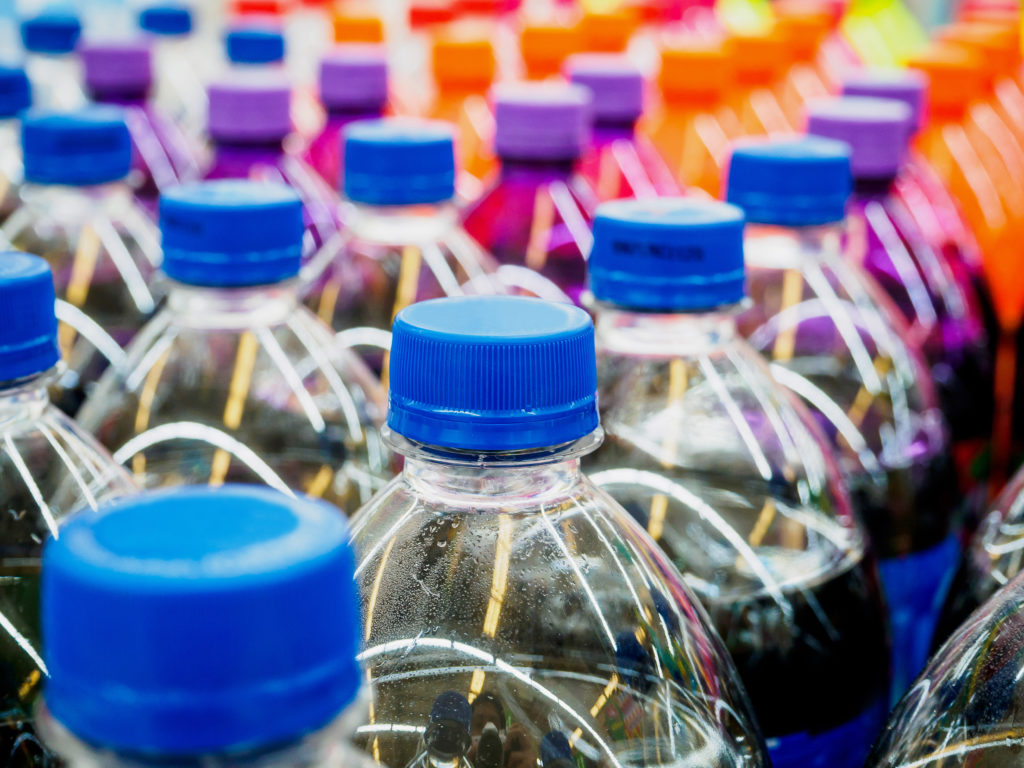
What is the sugar tax, why is it here and what do you need to know about it?
What is the sugar tax?
The Soft Drinks Industry Levy (SDIL), commonly referred to as the ‘sugar tax’, was implemented in April 2018 as part of the Finance Act 2017.
Why is it here?
It was brought in to combat the rise in childhood obesity, as a part of a wider campaign run by Public Health England.
What do I need to know?
Below are five key things that you need to know about the new tax on the soft drinks industry which is making your can of Coke cost more than it did last year.
#1 – The basics
There are two bands in the sugar tax. If a drink has a total sugar content of between 5-8g per 100ml, it will be subject to a tax rate equivalent to 18p per litre. The higher band enforces a tax rate equivalent to 24p per litre on drinks which have over 8g of sugar per 100ml.
These quantities relate to the drink in its ready to drink or diluted form, which in turn means it is to be drunk from the bottle or can.
Essentially it is any drink with added sugar that does not fall within the exemptions.
#2 – What is meant by “added sugar”?
Added sugar doesn’t relate to just ‘sugar’. Included in the definition is almost anything that can be added to a drink to sweeten it. The technical term is any and all monosaccharides and disaccharides – this includes (but isn’t limited to) traditional sugars, sugars from syrups and honeys, added ingredients such as sucrose, fructose and glucose and sugars from unsweetened fruit and vegetable juices.
It does not include what would usually be seen as “fake” sugars, such as stevia – things that are not analytically sugar. Sugars that are naturally present in milk products, as well grains, seeds and some other processed fruits are not considered added.
#3 – Alcohol is exempt
Any drink with an Alcohol by Volume (ABV) level of more than 1.2% is considered alcoholic under the legislation and therefore is not subject to the levy on soft drinks.
Certain drinks which are considered to be alcoholic substitute drinks also fall under the same exemption. The definition for this is slightly less clear as it is needs to be similar to a particular kind of alcoholic beverage and meet ‘other conditions’. Generally this part of the exemption would apply to certain medicinal formulas and drinks.
#4 – Small producers can be exempt
The legislation is designed to be constricting on the soft drinks industry as a whole, however elements of the tax offer a tolerance for small producers. It states that, if a company falls within the requisite limit, they are able to skirt the levy.
To qualify as a ‘small producer’ of soft drinks, a company must fall within the threshold as specified by the legislation. The threshold is capped at the production of 1 million litres of soft drinks over a 12 month period.
#5 – How the industry responded
Some companies have been quick to react to the new tax, and a variety of different approaches have been taken to either act on it, or avoid it. Some companies have developed new products which are exempt from the charge, some have reformulated their recipes in order to fall under the taxable rate and others have done nothing other than raise their prices.
For example, Lucozade cut the sugar in their drinks from 13g to 4.5g per 100ml. In contrast, Coca-Cola did not change their recipe, and instead reduced the size of their large bottles from 1.75l to 1.5l and raised the price of them by 20p, but has spent millions reformulating its Coca-Cola Zero product and is relying on increased sales of still drinks to offset the new tax.
